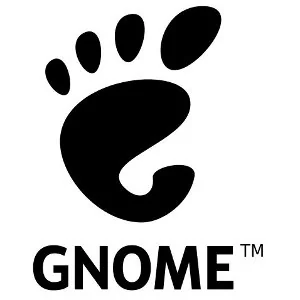GTK+2, GTK+3 Plays More With Cairo For Drawing

While most development work on this primary tool-kit of GNOME is still focused towards GTK+ 3.0, GTK+2 continues to receive a bit of love with GTK+ 2.22 being the last planned stable release. Making way towards GTK+ 2.22 there was the release of GTK+ 2.21.6 last night as one of the final development snapshots towards this release that bids farewell to GTK+2. GTK+ 2.21.6 is being checked-in with the many other official GNOME modules that are providing updates for the GNOME 2.32 Beta release that's expected later in the week.
GTK+ 2.22 doesn't offer up the features of GTK+ 3.0 nor does this 2.21.6 snapshot carry many changes since the earlier 2.21.5 milestone, but it does carry one noteworthy change. Besides a few bug-fixes and changes to the tool-kit API, most of the GTK+ drawing has been ported from GDK to using Cairo.
The GIMP Drawing Kit (GDK) has traditionally resided between GTK+ and the X Server to handle most of the low-level rendering and then back in 2005 with the GTK+ 2.8 there was Cairo integration with GDK for handling the rendering of vector graphics. With GTK+ 2.22, now most of the GTK+ drawing has switched from using the GDK drawing APIs to directly tapping the Cairo API to handle the drawing.
While Cairo was developed by Keith Packard and other X.Org developers, this library is cross-platform and supports drawing back-ends to the Win32 GDI, Mac OS X Quartz, and OpenGL directly, besides the X Windows support. There is also the experimental Cairo-DRM back-end that allows Cairo to talk directly with the graphics processor using the Linux Direct Rendering Manager and via these code-paths the rendering is even faster than Cairo running on the CPU and many times faster than X-based rendering. The Cairo-DRM work is also good news for projects like the Wayland Display Server.
Switching from the GDK to Cairo APIs and dropping lots of old GDK code (such as GdkGC and GdkImage) was done to improve GTK+ semantics and making it easier to port GTK applications to other platforms like Windows and Mac OS X, to tap into new features of the Cairo API rather than the outdated GDK drawing API, and to improve the drawing performance especially in cases where the GPU is utilized. By tapping into the Cairo API there are features that were not exposed previously by the GDK API such as for drawing bezier curves, anti-aliasing, translucent drawables, anti-aliased clipping and masking, and resolution independence. This greater dependence on Cairo is also found within GTK+ 3.0.
More details on this GTK+ rendering clean-up work can be found this blog post by Ben Otte, who was the developer that did much of this work. There is also the GTK+ 2.21.6 release announcement that provides an overview of the tool-kit changes.
Ben is also working on catering the GTK+3 API to be more integrated with Cairo for rendering by implementing a gtk_widget_draw() function for drawing a given GtkWidget to a Cairo surface. This and other GTK+3 work would allow for better creation of snapshots, smoother resolution independence, better and greater rendering back-end capabilities, easier integration with Clutter and OpenGL applications, faster rendering performance, and the ability to apply any Cairo features to GTK+ widgets (like cleanly fading widgets in and out). Details on this recently proposed work can be found on the gtk-devel-list.
The first beta release of GNOME 2.32 is expected tomorrow while a second beta release is to come on the first of September, a release candidate on the 15th, and then the final release of GNOME 2.32 on the 29th of September. GNOME 3.0 with GTK+ 3.0 will officially arrive in March.
Through getting our latest pass4sure 70-284 dumps and 70-450 tutorials, you will pass your 199-01 exam without any difficulty.
8 Comments

